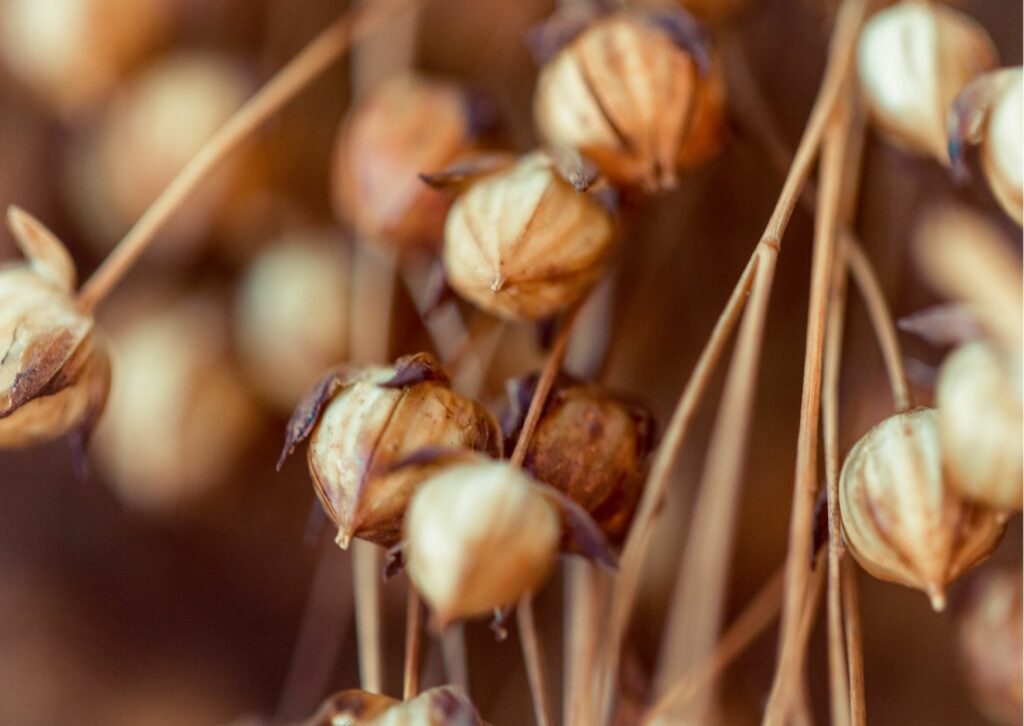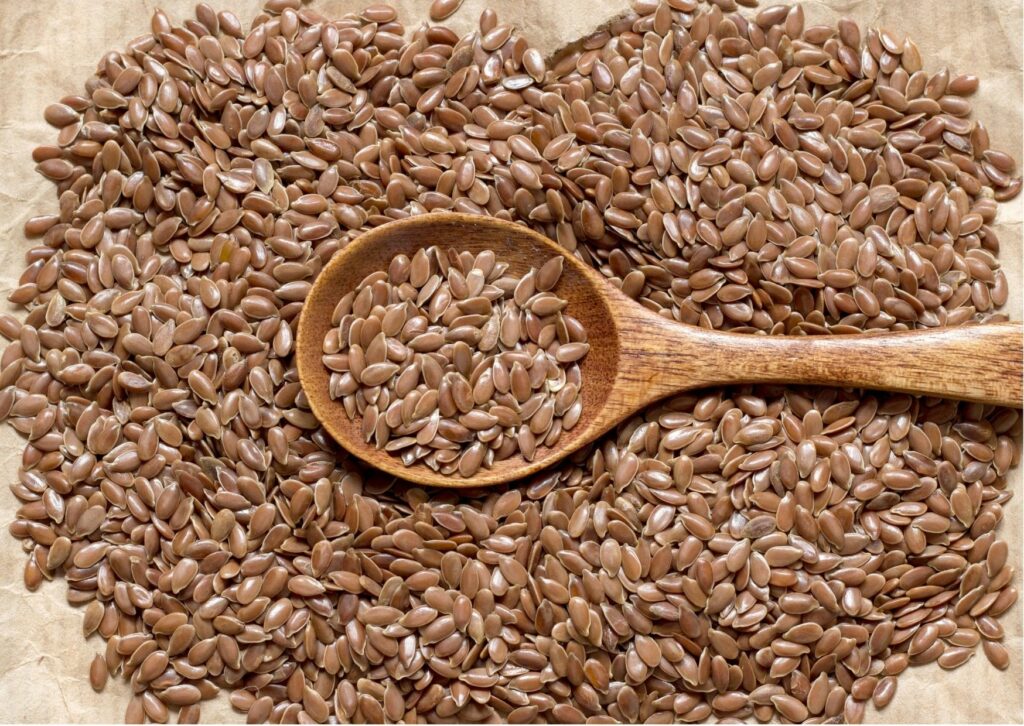As a natural fibre, flax has passed through centuries without ever getting old.
Due to the way it is grown, its appearance, its resistance and thermal qualities, it has been widely used in many industries.
Flax is a plant recognised for its properties throughout its entire life cycle.
From flax seed to fibre: cultivation that is friendly to the environment
Local production
Its cultivation is essentially concentrated on the European continent with 80% of global production, but France remains the leading producer of flax with 60% of worldwide production.
For optimal development, the flax plant needs an alternation of exposure to sunlight and humidity. Since the oceanic climate of our coastal regions favours its development, the irrigation process takes place naturally.
Flax cultivation is a long-term process carried out jointly by the flax grower and the scutcher. Throughout the entire cultivation process, flax is regularly inspected to ensure its quality. At Safilin, in line with this proximity ecosystem approach, we are reintroducing a spinning unit in France.

Sustainable and beneficial production
During cultivation, flax has a beneficial impact on the air as it absorbs a great deal of carbon and converts it into oxygen.
In order to obtain high-quality flax fibre, crop rotation is necessary. In fact, in order to grow, flax feeds on the nutrients contained in the soil. Rotations of 6 to 7 years between crops are therefore essential.
Flax cultivation requires very few pesticides and the inputs are used for healing purposes.
During the processing stages, operations such as retting, scutching, combing and spinning are carried out mechanically.
At Safilin, the machines are at the service of the fibre and not the other way round. Our operators have a know-how that has been passed down from generation to generation in order to ensure premium quality yarn.
Zero-waste flax
With flax, nothing is ever lost or wasted!
Flax seeds
They are used in nutrition and in the cosmetic industry for their many beneficial effects.
How are flax dust and shives used?
The shives, or tiny pieces of straw that come from the scutching phase, are used to manufacture bedding or insulating materials such as chipboard.
The dust generated during the scutching, combing and spinning processes is also useful for other purposes. For instance, it can be used to make fuel briquettes.

Safilin flax yarn, renowned for its locality, quality and durability
Flax fibres used to produce Safilin flax yarn come exclusively from Europe (95% from France, and 5% from Belgium and the Netherlands). The material is processed in Poland (and in the future also in France) in company-owned factories.
One of the advantages of Safilin flax yarn is its durability, owing to the exclusive use of long fibres for textile production. This ensures excellent durability, both in terms of strength and resistance to pilling.
Thanks to its thermoregulatory properties, it is a material that will follow you throughout all seasons.
